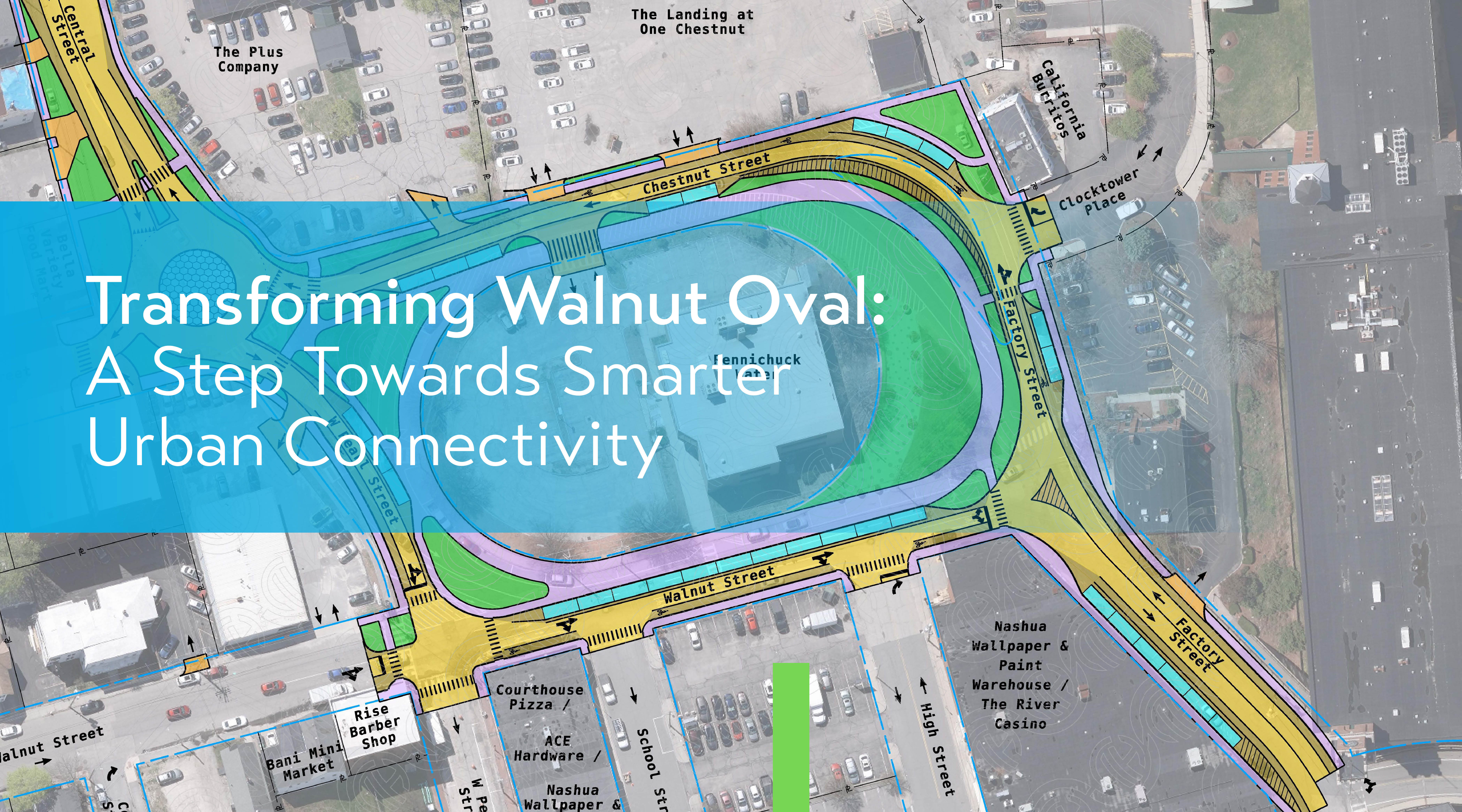Benjamin Franklin once said, “a penny saved is a penny earned.” These words from the Founding Father shine a light on the importance of saving as much money as possible. Saving time and money is a key principle in aviation as every airport’s goal is to be economically self-sufficient. Approximately 3,310 airports throughout the United States receive money through the Airport Improvement Program (AIP). While this funding is available to every airport listed in the National Plan of Integrated Airport Systems (NPIAS), it is often scarce for smaller General Aviation airports. Therefore, airports must prioritize their future projects and stretch every funding dollar they receive. One of the many ways that Hoyle Tanner helps airports maximize their financial investment when conducting obstruction analysis studies is by utilizing our in-house unmanned aerial systems (UAS), or drones.
An obstruction analysis study examines the airspace surrounding an airport for obstructions that penetrate protective surfaces. 14 CFR Part 77 and Terminal Instrument Procedures (TERPS) enhance the safe operations of an aircraft through the creation of approach and departure slopes that limit the height of objects off the runway ends. Obstructions are any object that penetrates one of the slopes and could be either a fence, tree, building or antenna. The Federal Aviation Administration (FAA) formally recognizes obstructions that have been recorded during an aeronautical survey that complies with FAA Advisory Circular 150/5300-18B, General Guidance and Specifications for Submission of Aeronautical Surveys to NGS. An 18B obstruction survey is conducted with a fixed-wing aircraft and covers an extensive area surrounding the airport. These surveys are thorough and examine obstructions to all applicable Part 77 Surfaces and TERPS.
Due to the requirements for an 18B aeronautical survey, the associated costs can run upwards of $60,000 per survey. UAS technology has allowed Hoyle Tanner to conduct high-quality obstruction analysis studies for a fraction of the cost. Due to current standards set by FAA, an aeronautical survey conducted by a drone does not replace an 18B survey. It does, however, determine if there are any outstanding issues prior to conducting the more expensive study. There are scenarios where utilizing a UAS obstruction analysis may be more practical, cost-effective, and will prevent an airport from having to conduct multiple 18B surveys.
The most recent obstruction analysis conducted by Hoyle Tanner was at the Millinocket Municipal Airport (MLT). This General Aviation airport is looking to extend its primary runway in the near future. As a result of the extension, the starting location of Part 77 and TERPS protective slopes will change to accommodate the new runway end. Hoyle Tanner is able to collect data from the UAS and create a 3D model of the airport. The model can be used to analyze existing and future protective surfaces, as well as generate a list of penetrating obstructions. From here, the airport can determine which obstructions need to be removed and if there are any easements or property that must be acquired. Once the obstructions are cleared, the airport can conduct an 18B aeronautical survey to officially determine if all existing and future TERPS and Part 77 surfaces are clear of obstructions and can initiate the development of future approach and departures. Airports like MLT save time and money with a UAS obstruction analysis by only needing to conduct a single 18B survey throughout the process of a major project, such as a runway extension.
Hoyle Tanner provides sUAS services that range from airport obstruction analysis, to bridge inspections, to roadway data collection, to earthwork quantity measurement. Other services that can be offered include wildlife hazard identification, security fence monitoring, roof inspection, traffic monitoring, post flood stormwater data collection, and other infrastructure inspection and analysis as-needed. If you need help with obstruction analysis questions or have other concerns, reach out to me, Schuyler Lamoureux, CM.









